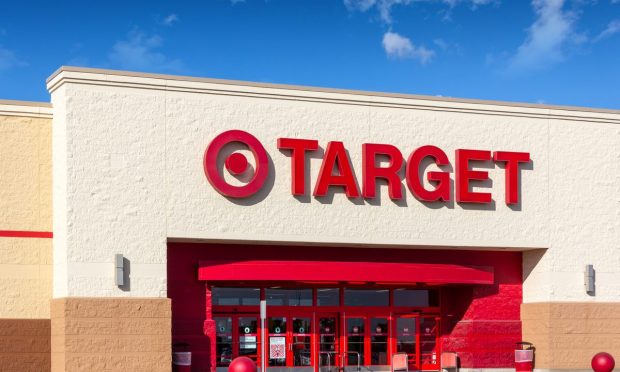Major Grocery Retailers Shift Focus Away From Inflation With Net-Zero Store PR

As grocers see inflation rise to its highest point in 40 years, and as supply chain and labor issues pile on additional challenges, leaders in the space are doing everything in their power to change the conversation, turning the focus away from these difficulties.
See also: Highest Grocery Inflation in 40 Years has Consumers Running to Big-Name Brands
On Thursday (March 17), two major grocery retailers, Amazon Fresh and Target, announced new store formats that promise net zero emissions.
The former announced that it is seeking net-zero carbon certification for a new 35,000-square-foot store in Seattle. In a statement accompanying the news release, Stephenie Landry, vice president of Amazon Grocery, focused on the way the store format will appeal to a segment of consumers who might not otherwise shop with the brand.
“We are constantly thinking about what we can do to make the customer shopping experience easier, more seamless, and more sustainable,” she said. “We know many customers are prioritizing sustainability in what products they buy and where they choose to shop. With our newest Amazon Fresh store, we are taking the next step on our path to becoming a net-zero carbon business by 2040.”
Additionally, the retailer stated that some of the features of the store meant to help it attain net-zero status will be incorporated in future Amazon Fresh stores as well.
Target, for its part, was less direct about its intention to court consumers concerned about environmental, social and corporate governance (ESG) matters, instead keeping the language centered on impact.
“[This] is the next step in our sustainability journey and a glimpse of the future we’re working toward,” John Conlin, senior vice president of properties at Target, said in a statement. “Our new stores and remodel programs are designed to help achieve our sustainability goals as we test, learn and scale our innovations over time across our operations.”
The retailer is retrofitting a store in Vista, California, with solar panels, in addition to other features meant to reduce emissions.
As it stands, quantifying the effectiveness of ESG initiatives can be a challenge, leaving the success of many of these initiatives difficult to measure.
“If you have a strategy, a KPI, around ESG, you have to have methods and means of tracking that,” Lori Schwartz, global head of liquidity solutions at J.P. Morgan, told PYMNTS’ Karen Webster in a December interview. “We’re trying to cross-dimension some of these things, so that as those governance frameworks get set up, we’re giving the right tools and recognizing what our clients are doing in that area.”
Related news: ESG Investing Needs Better Benchmarks That Align With Effective Treasury Management
Amazon, for its part, stated that the move will “measure the real-time impact” of the features in the store through a system created by Amazon Web Services’ Professional Services Sustainability Practice, though the announcement did not specify what KPIs this system will measure. Still, these stores have the potential to provide both retailers with valuable insight into the effectiveness of their ESG initiatives, not only in terms of impact but also in terms of bringing consumers in the door and driving sales.
